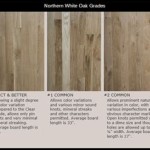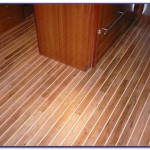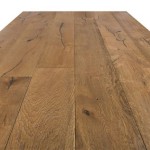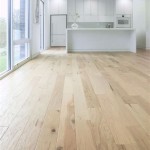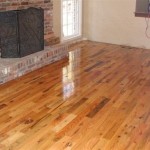## Essential Aspects of Slip Resistant Flooring Standards
Slip-resistant flooring is crucial for preventing slips, trips, and falls, which are common causes of workplace accidents and injuries. Adhering to established flooring standards is essential to ensure the safety of individuals in various environments.
### Standards and RegulationsNumerous standards and regulations govern slip resistance, including:
- American National Standards Institute (ANSI) A137.1 - Standard for Ceramic Tile
- American Society for Testing and Materials (ASTM) C1028 - Standard Test Method for Determining the Static Coefficient of Friction of Ceramic Tile and Other Like Surfaces by the Horizontal Pendulum Test
- National Floor Safety Institute (NFSI) - Accredited Floor Care Training and Testing Organization
- Occupational Safety and Health Administration (OSHA) - General Duty Clause
Slip resistance is typically measured using the Static Coefficient of Friction (SCOF), which evaluates the force required to prevent slipping on a surface. A higher SCOF indicates better slip resistance.
### Slip Resistance RatingsFloorings are often rated based on their slip resistance properties:
- Low: SCOF < 0.42
- Moderate: SCOF between 0.42 and 0.54
- High: SCOF between 0.55 and 0.74
- Very High: SCOF > 0.74
When selecting slip-resistant flooring, consider factors such as:
- Intended Use: Different areas have varying levels of slip risk.
- Surface Type: Tiles, vinyl, and epoxy coatings offer different slip resistance properties.
- Maintenance Requirements: Regular cleaning and maintenance are crucial to maintain slip resistance.
Regular inspection and maintenance are essential to ensure the effectiveness of slip-resistant flooring. Inspections should check for wear, damage, and contaminants that may compromise slip resistance. Maintenance includes proper cleaning, sealing, and repairs as needed.
### ConclusionComplying with slip-resistant flooring standards is vital for creating a safe working or living environment. Understanding the relevant standards, measuring slip resistance, selecting appropriate flooring, and maintaining it properly are essential for preventing accidents and injuries. By following these guidelines, organizations and individuals can enhance the safety of their spaces.
Tile Slip Ratings Explained

Guide To Resinous Flooring Slip Resistance Dur A Flex Blog

Stc Slip Resistance Tests For Flooring

Guide To Resinous Flooring Slip Resistance Dur A Flex Blog

The Benefits Of Slip Resistant Flooring Anti Ids

Guide To Resinous Flooring Slip Resistance Dur A Flex Blog

Guide To Resinous Flooring Slip Resistance Dur A Flex Blog
Slip Resistance Explained What You Need To Know About Tiles And Ratings Architecture Design

Guide To Resinous Flooring Slip Resistance Dur A Flex Blog

Slip Resistance Certificates Premium Floors

